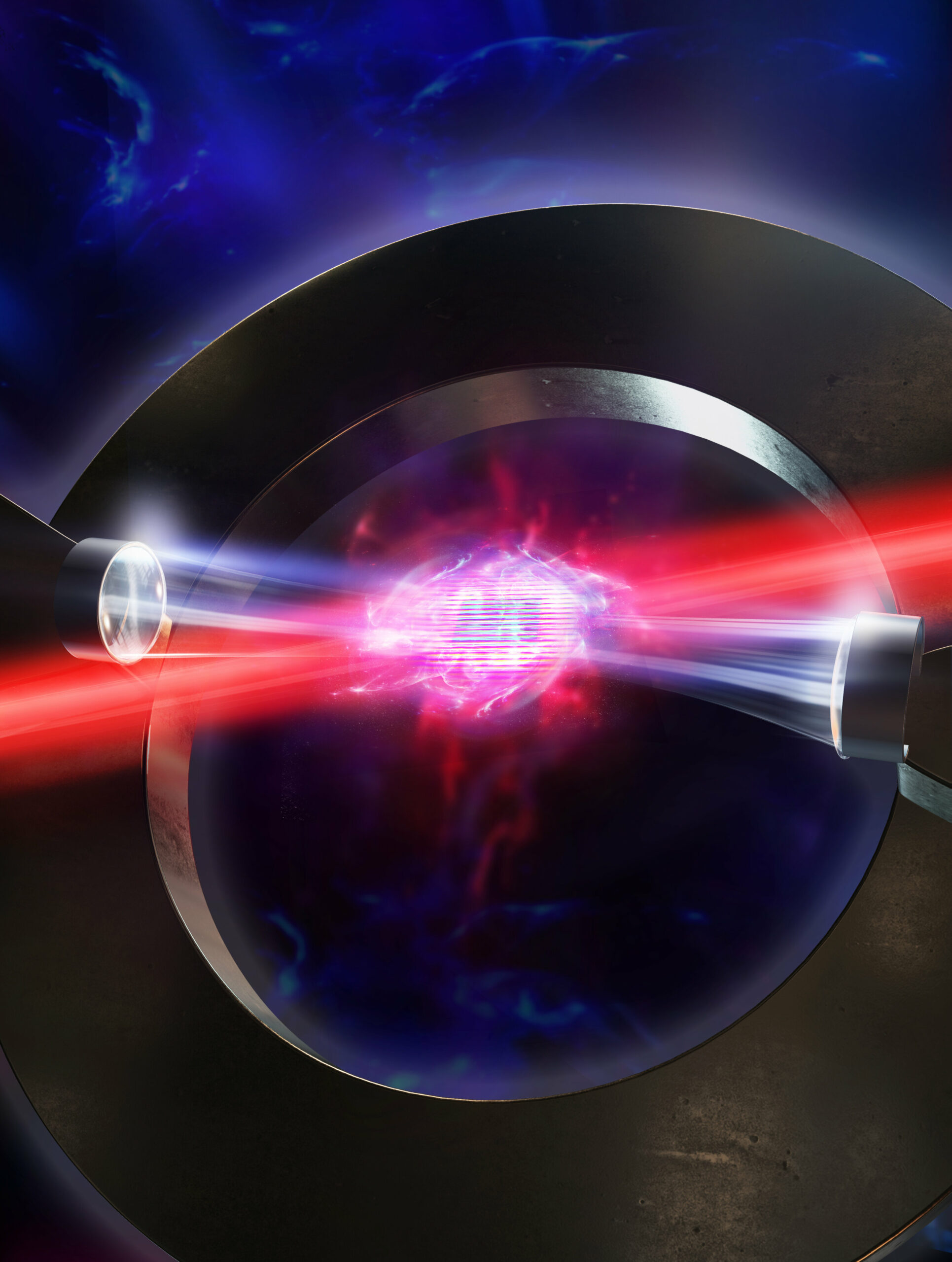EPFL scientists have developed a new technique for creating “density waves” in an atomic gas that could revolutionize our understanding of quantum matter. The research was published in the journal Nature on May 24.
According to Professor Jean-Philippe Brantut at EPFL, “Cold atomic gases were well known in the past for the ability to ‘program’ the interactions between atoms. Our experiment doubles this ability.” Working with the group of Professor Helmut Ritsch, they have made a breakthrough that could impact not only quantum research but quantum-based technologies in the future.
Scientists have long been interested in understanding the self-organization of materials into complex structures, such as crystals. In the world of quantum physics, this self-organization is seen in “density waves,” where particles arrange themselves into a regular, repeating pattern or order. Density waves are observed in a variety of materials, including metals, insulators, and superconductors. However, studying them has been difficult, especially when this order occurs with other types of organization such as superfluidity.
To explore this interplay, Brantut and his colleagues created a “unitary Fermi gas,” a thin gas of lithium atoms cooled to extremely low temperatures, and where atoms collide with each other very often. They then placed this gas in an optical cavity, a device used to confine light in a small space for an extended period of time.
Optical cavities are made of two facing mirrors that reflect incoming light back and forth between them thousands of times, allowing light particles, photons, to build up inside the cavity. In the study, the researchers used the cavity to cause the particles in the Fermi gas to interact at long distance: a first atom would emit a photon that bounces onto the mirrors, which is then reabsorbed by a second atom of the gas, regardless of how far it is from the first. When enough photons are emitted and reabsorbed, the atoms collectively organize into a density wave pattern.
“The combination of atoms colliding directly with each other in the Fermi gas, while simultaneously exchanging photons over long distance, is a new type of matter where the interactions are extreme,” says Brantut. “We hope what we will see there will improve our understanding of some of the most complex materials encountered in physics.”
Density waves have been difficult to study because of the complex patterns that occur with other types of organization, such as superfluidity. Superfluidity is of immense interest for developing materials with unique properties, such as high-temperature superconductivity, which could lead to more efficient energy transfer and storage, or for building quantum computers.
The breakthrough achieved by Brantut and his colleagues could help scientists better understand the complex behavior of quantum matter and lead to the development of new quantum-based technologies. The study was conducted in collaboration with the EPFL Center for Quantum Science and Engineering.



Leave a Reply